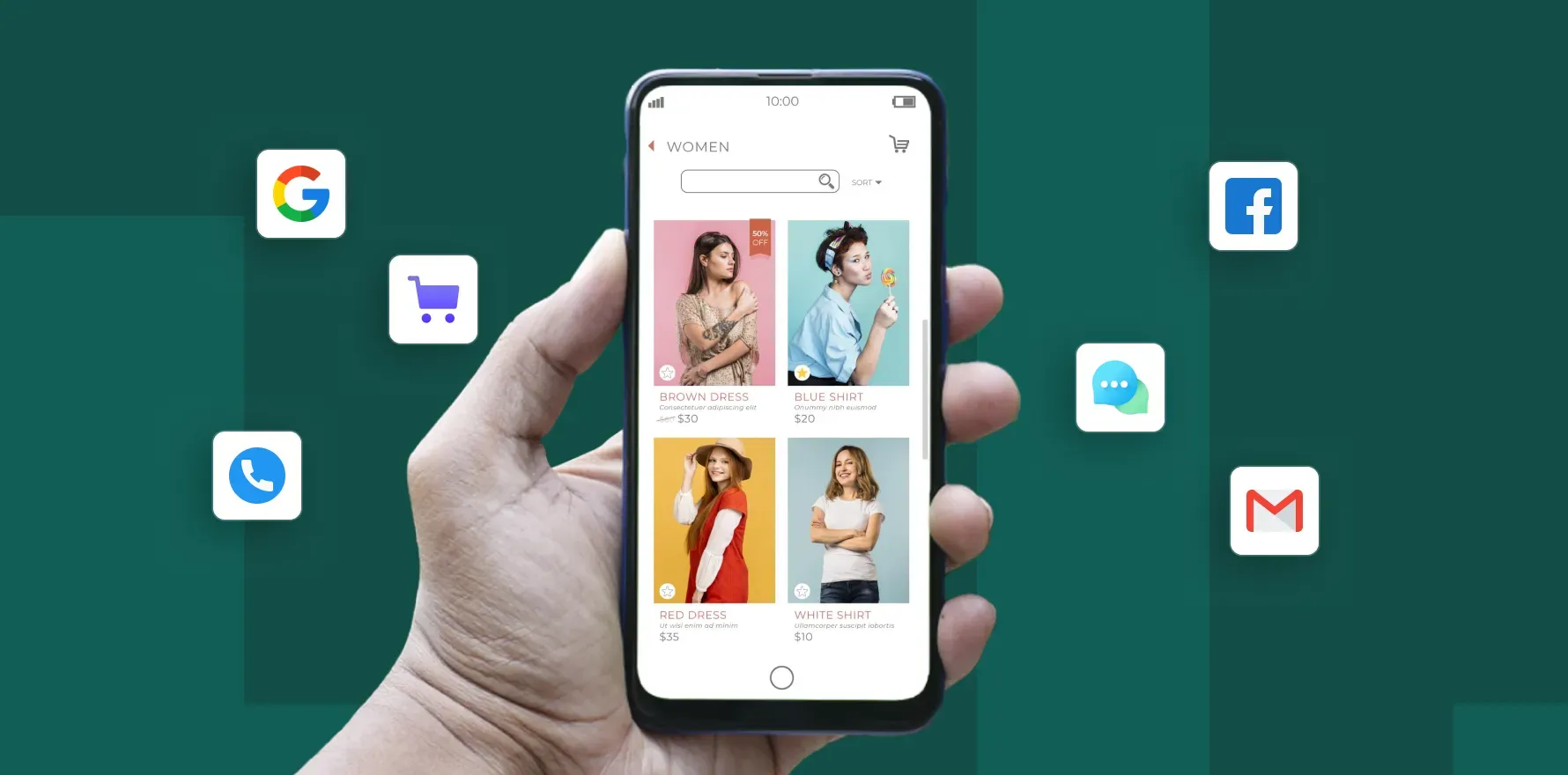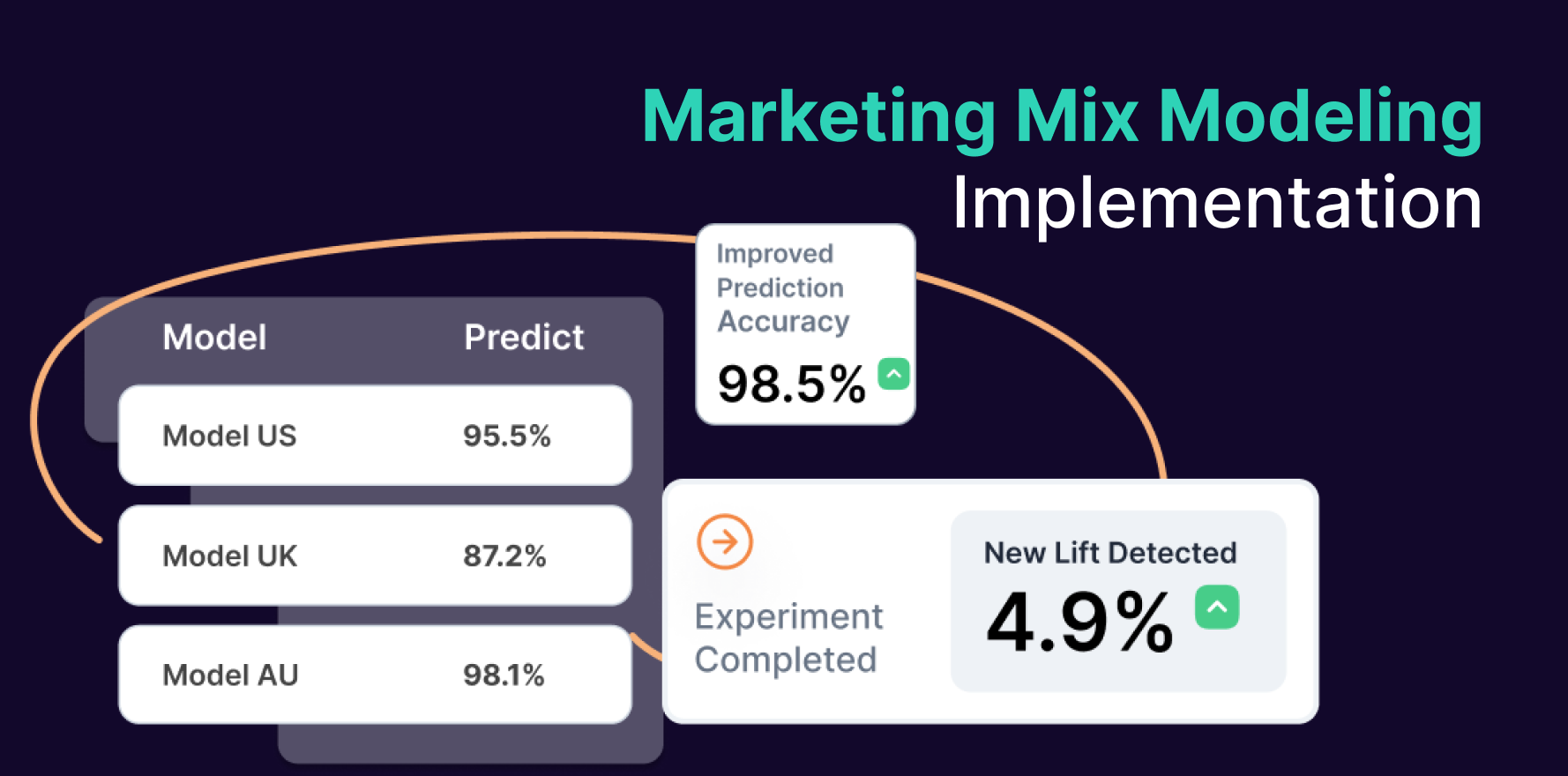In today’s highly competitive digital marketplace, businesses that excel at targeting and engaging their customers across multiple channels have a distinct edge over their competitors. The key to achieving success in this area lies in deploying effective targeted and omni-channel marketing strategies. In this article, we’ll explore what these strategies entail and outline the benefits they offer to businesses of all sizes.
Understanding Targeted and Omni-Channel Marketing Strategies
Marketing is an essential aspect of any business, and as technology continues to evolve, so do marketing strategies. Two popular marketing strategies that have gained traction in recent years are targeted marketing and omni-channel marketing. Understanding these strategies is crucial for businesses looking to expand their customer base and improve their sales.
What is Targeted Marketing?
Targeted marketing, also referred to as personalized marketing, is the process of tailoring your marketing efforts to a specific audience. You accomplish this by leveraging insights from customer data to create bespoke campaigns that deliver personalized content, offers, and promotions.
Targeted marketing allows businesses to reach their ideal customers more effectively. By analyzing customer data, businesses can gain insights into their customers’ preferences, behaviors, and demographics. This information enables businesses to create targeted marketing campaigns that are more likely to resonate with their audience, resulting in increased engagement and sales.
What is Omni-Channel Marketing?
Omni-channel marketing is a technique that involves engaging customers through multiple touchpoints across platforms and devices. Omni-channel marketing aims to create a seamless customer experience, regardless of the channel or device. It is all about delivering a consistent brand message and providing a higher level of convenience and value to customers.
Omni-channel marketing recognizes that customers interact with businesses through a variety of channels, including social media, email, websites, and physical stores. By creating a seamless experience across all these channels, businesses can improve customer satisfaction and loyalty.
Key Differences Between Targeted and Omni-Channel Marketing
The primary difference between the two approaches is that targeted marketing focuses on delivering personalized messages to specific audiences, whereas omni-channel marketing focuses on delivering a seamless customer experience across all channels. While both strategies aim to increase customer engagement and sales, targeted marketing focuses on the individual, while omni-channel marketing focuses on creating a consistent, engaging experience for customers.
Businesses can use both targeted and omni-channel marketing strategies to achieve their marketing goals. By combining these approaches, businesses can create personalized campaigns that are delivered seamlessly across all channels, resulting in a higher level of engagement and sales.
Advantages of Targeted Marketing
1. Personalization and Relevance
The most significant benefit of targeted marketing is its ability to deliver highly personalized and relevant messages. By leveraging customer data, businesses can send messages that resonate with customers. This personalization leads to increased engagement, customer retention, and loyalty.
For example, a clothing retailer can use customer data to send targeted emails featuring products that match the customer’s previous purchases or browsing history. This approach ensures that the customer receives personalized recommendations that are more likely to result in a purchase.
2. Improved Customer Engagement
Targeted marketing helps to foster deeper customer engagement. Since customers receive personalized messages that are tailored to their specific interests and needs, they are more likely to engage with the content, resulting in increased conversions and higher customer lifetime value.
For instance, a restaurant can use targeted marketing to send personalized offers to customers based on their dining history. If a customer frequently orders pizza, the restaurant can offer a discount on their next pizza order. This approach not only encourages the customer to return but also shows that the restaurant values their patronage.
3. Higher Conversion Rates
Targeted marketing can help deliver higher conversion rates, resulting in a better return on investment. By delivering personalized messages and offers tailored to individual segments, businesses can create a sense of purchase urgency that leads to an increase in conversions.
For example, an online retailer can use targeted marketing to offer a discount on a product that a customer has added to their cart but not yet purchased. This approach can incentivize the customer to complete the purchase, resulting in a higher conversion rate.
4. Efficient Use of Marketing Budget
Targeted marketing campaigns are more cost-effective than traditional broad-based marketing campaigns. By targeting specific customer segments, businesses can optimize their marketing spend, reducing waste and maximizing results.
For instance, a car dealership can use targeted marketing to promote a new SUV to customers who have previously expressed interest in SUVs. This approach ensures that the dealership’s marketing budget is spent on customers who are more likely to be interested in the promoted product, resulting in a higher return on investment.
Advantages of Omni-Channel Marketing
1. Seamless Customer Experience
Omni-channel marketing is a strategy that focuses on delivering a consistent and seamless customer experience across all devices and platforms. By leveraging technology, businesses can provide customers with personalized offers, recommendations, and content that aligns with their interests, leading to higher engagement and conversion rates.
For example, a customer may start browsing a product on their laptop at home, add it to their cart, and then later decide to purchase it on their mobile device while on-the-go. With omni-channel marketing, the customer’s shopping experience is seamless and uninterrupted, allowing them to easily complete their purchase on any device.
2. Consistent Brand Messaging
Omni-channel marketing enables businesses to deliver a consistent brand message across all channels. By maintaining consistency, businesses can reinforce their brand identity, resulting in increased customer loyalty and retention.
For instance, if a business promotes a sale on their website, but the sale is not reflected in their physical store or on their social media channels, it can lead to confusion and frustration for customers. However, with omni-channel marketing, businesses can ensure that their messaging is consistent across all channels, providing customers with a clear and unified brand experience.
3. Increased Customer Loyalty
Omni-channel marketing can lead to increased customer loyalty. By delivering a seamless customer experience, businesses can create a sense of convenience and value, resulting in higher customer satisfaction rates and retention rates.
For example, if a customer has a positive experience with a business’s online store, they are more likely to return to that store in the future. Additionally, if the business offers loyalty rewards or discounts across all channels, customers are more likely to engage with the brand and make repeat purchases.
4. Enhanced Data Collection and Analysis
Omni-channel marketing enables businesses to collect valuable customer data across multiple touchpoints. This data can help businesses better understand their customers, allowing them to make more informed marketing decisions. By analyzing data insights, businesses can optimize their marketing efforts and improve ROI.
For instance, if a business collects data on which channels their customers are most engaged with, they can allocate their marketing budget accordingly to maximize their reach and impact. Additionally, by analyzing customer data, businesses can personalize their marketing efforts to better meet the needs and interests of their target audience.
5. Improved Customer Service
Omni-channel marketing can also improve customer service by providing customers with multiple ways to interact with a business. By offering options such as live chat, email, phone, and social media, businesses can provide customers with the flexibility to choose the method that best suits their needs.
For example, if a customer has a question about a product, they may prefer to reach out via live chat rather than calling a customer service hotline. By offering multiple channels for communication, businesses can provide a more personalized and convenient customer service experience.
Combining Targeted and Omni-Channel Marketing Strategies
Marketing has evolved significantly over the years, and businesses are now presented with a wide range of marketing strategies to choose from. Two of the most effective marketing strategies are targeted and omni-channel marketing. While these strategies are effective on their own, combining them can create a unified marketing approach that leverages both personalization and consistent brand messaging. This approach helps to maximize the effectiveness of marketing campaigns, leading to increased customer engagement and sales.
Creating a Unified Marketing Approach
Targeted marketing involves creating campaigns that are tailored to specific audiences. This approach enables businesses to deliver personalized messages that resonate with customers, resulting in higher engagement rates and increased sales. On the other hand, omni-channel marketing involves delivering a consistent customer experience across all channels, including social media, email, and in-store. By combining these two strategies, businesses can create a unified marketing approach that leverages both personalization and consistent brand messaging.
For example, a business can use targeted marketing to create personalized email campaigns for specific customer segments, while also ensuring that the messaging is consistent across all channels. This approach helps to create a seamless customer experience, which can lead to increased engagement and sales.
Leveraging Data for Improved Targeting
The combination of targeted and omni-channel marketing enables businesses to leverage customer data more effectively. By analyzing customer data insights, businesses can better understand their target audiences and create more personalized campaigns that align with customer needs, resulting in increased engagement and ROI.
For instance, a business can use data insights to identify the specific channels that their customers prefer to use when interacting with the brand. This information can then be used to create targeted campaigns that are delivered through those channels, resulting in higher engagement rates and increased sales.
Enhancing Customer Retention and Lifetime Value
The combination of targeted and omni-channel marketing can lead to enhanced customer retention and lifetime value. By creating a consistent customer experience across channels, businesses can create a sense of trust and loyalty with customers, resulting in higher retention rates and increased lifetime value.
For example, a business can use targeted marketing to create personalized loyalty programs for specific customer segments, while also ensuring that the messaging is consistent across all channels. This approach helps to create a seamless customer experience, which can lead to increased retention rates and higher lifetime value.
The combination of targeted and omni-channel marketing can be a powerful tool for businesses looking to increase customer engagement and sales. By creating a unified marketing approach that leverages both personalization and consistent brand messaging, businesses can enhance their marketing campaigns and create a seamless customer experience that leads to increased retention rates and higher lifetime value.Businesses that deploy effective targeted and omni-channel marketing strategies can gain a distinct competitive advantage in the digital marketplace. By leveraging customer data and creating a seamless customer experience across channels, businesses can increase customer engagement, loyalty, and sales, resulting in improved ROI. The key to success lies in creating a unified marketing approach that leverages both personalization and consistent brand messaging to deliver maximum impact.
Conclusion
Overall, omni-channel marketing offers numerous advantages for businesses looking to improve their customer experience, increase loyalty, and optimize their marketing efforts. By delivering a seamless and consistent brand experience across all channels, businesses can better engage with their customers and drive long-term success.
Lifesight’s advanced planning and analytics marketing platform provides businesses with a wealth of holistic customer insights that can be leveraged to develop effective targeted and omni-channel marketing strategies.
You may also like
Essential resources for your success
























































